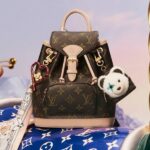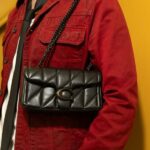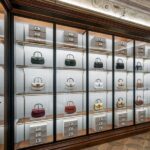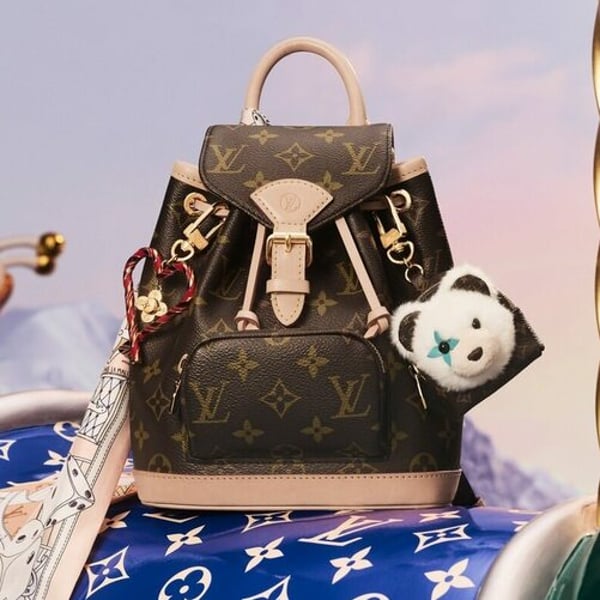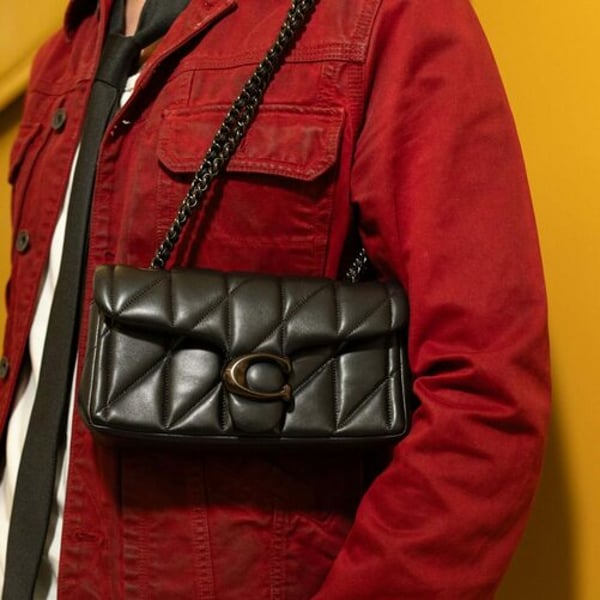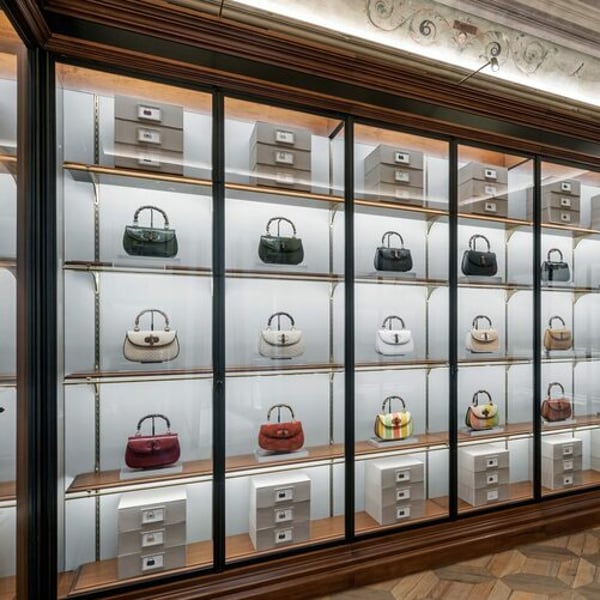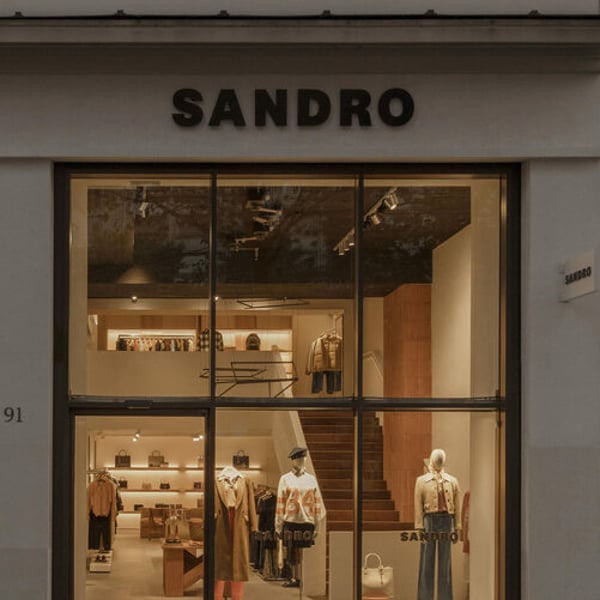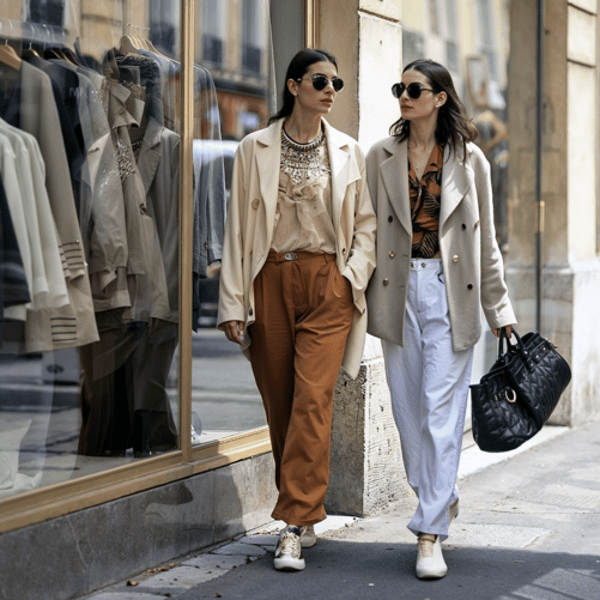By
Bloomberg
Published
August 14, 2025
Years after Jane Birkin famously decorated her eponymous Hermès handbag with clusters of trinkets and strands of beads, bag charms have made a big comeback.
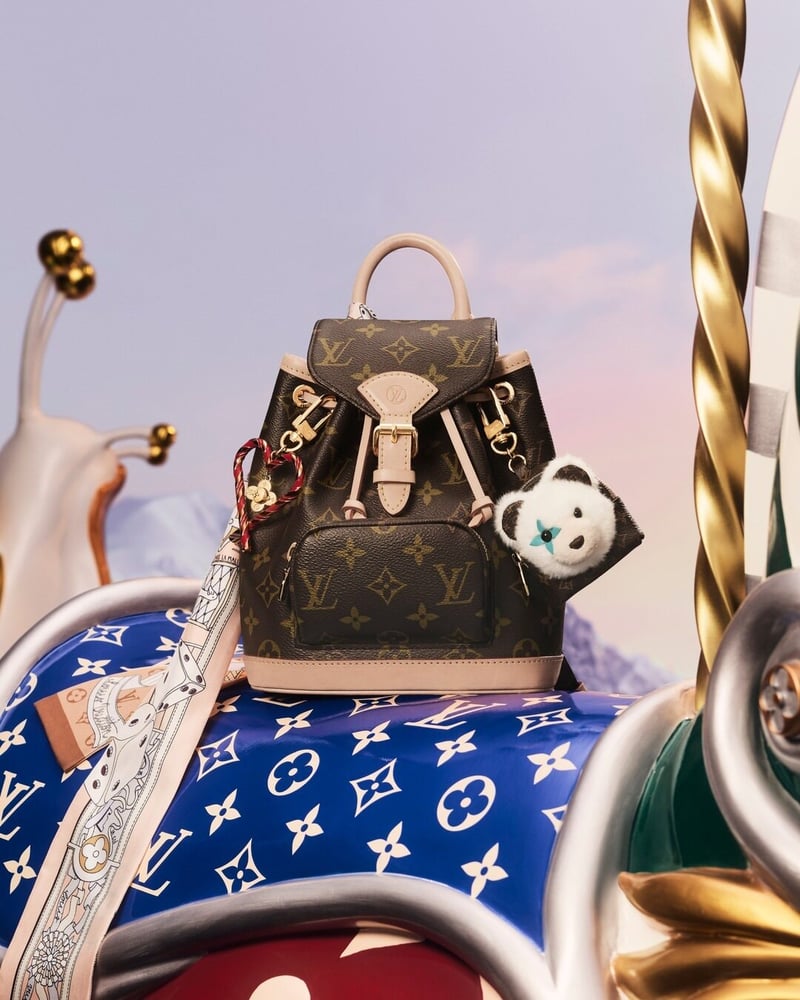
Plush Labubu keychains helped revive the Gen Z-fuelled accessorise-your-accessory trend and catapulted it into the mainstream. Now charms are showing up on elite fashion runways and dangling from the purses of celebrities.
Designer handbag makers, anxious for growth during a downturn, are especially eager to get in on the phenomenon. If affluent shoppers can’t be persuaded to drop thousands of dollars on a new purse, perhaps they can be enticed to spend a few hundred dollars on a branded charm for a purse they already own.
Ethan Diaz, 24, used to splurge regularly on high-priced purses and streetwear that he would barely use. Now, bag charms enable him to quickly switch up the look of his purses without blowing his budget. He recently dressed up his $695 Coach Soft Empire Carryall Bag with a handful of eclectic charms, including a $120 Longchamp keyring in the shape of a croissant.
The commercial director from New Jersey began buying the embellishments a year ago and now owns 30, the most expensive being a $1,010 Louis Vuitton crab charm that doubles as a small pouch. “You can mix and match and put it on different bags, so you’re not limited to one specific style,” Diaz said.
Sales at luxury brands have been falling for several quarters, and companies are putting out more affordable and smaller accessories to reverse the slump and drive up store traffic.
Last month LVMH Moët Hennessy Louis Vuitton SE reported that second-quarter sales fell 9% in its key fashion and leather goods unit as shoppers reined in purchases of costly purses and clothing. Rival Kering reported that Gucci sales plunged 25% during the same period compared with a year earlier, while sales at Prada declined 3.6%.
Shares in the companies are all down double digits in the last 12 months, and consultancy Bain & Co. expects the personal luxury goods industry to shrink between 2% and 5% this year. That would be the worst performance since the 2009 global financial crisis if the pandemic is excluded.
Tapping into the viral bag charm craze is “sensibly opportunistic” for luxury companies that might as well “make some money off the back of it,” said Neil Saunders, managing director at analytics firm GlobalData.
Tapestry Inc., which has been outperforming top-tier labels thanks to strong sales at its attainable luxury brand Coach, has expanded its assortment of charms there and at Kate Spade. The company plans to significantly increase the number of pieces offered at Kate Spade, where sales have been falling, during the holiday season.
Unique bag charms provide “an accessible way in” to the two brands, said Alice Yu, Tapestry’s vice president of strategy and consumer insights.
Ultra-luxury brands have sold charms for years, but mainly as afterthoughts to big-ticket items. Many sold them online only. Now the charms are front and centre in boutiques and at fashion shows.
“If we don’t get into this and lean into this, someone else will,” Saunders said of the prestige brands. And as some of their wealthy customers hold off on buying new purses and clothes, hooking them with a stylish bag charm helps maintain valuable client connections during a rough patch. “The worst thing for a brand is to lose a consumer completely,” he said.
During recent visits to Bloomingdale’s stores, statement charms were featured throughout the handbags departments. At the retailer’s Manhattan flagship, Prada was showcasing its $825 black and gold robot charm attached to a $2,300 backpack. In Los Angeles, Gucci’s $510 dragonfly-shaped keychain was clipped to one of the handles of a $1,950 handbag, and three dog-shaped charms, $450 each, were lined up in a display case alongside monogram card holders and wallets.
Although bag charms are booming, industry analysts caution that they can only bolster luxury brands to a point.
Ultimately, charms “will make up a very small portion” in sales for premium fashion labels, said Bloomberg Intelligence analyst Deborah Aitken. “Enough to keep brands active in the minds of potential shoppers, but at very limited total value.”
Louis Vuitton and Loewe declined to comment on their bag charm strategies or provide sales figures. Gucci and Fendi did not respond to requests for comment.
Klevisa Hendrix, a 27-year-old content creator from Los Angeles, began buying bag charms this year after seeing them on the Coach runway and now has a dozen in her growing collection. She typically spends less than $100 on a single charm. “You want to be fashionable,” she said, “but you want to still be able to afford fashion.”

